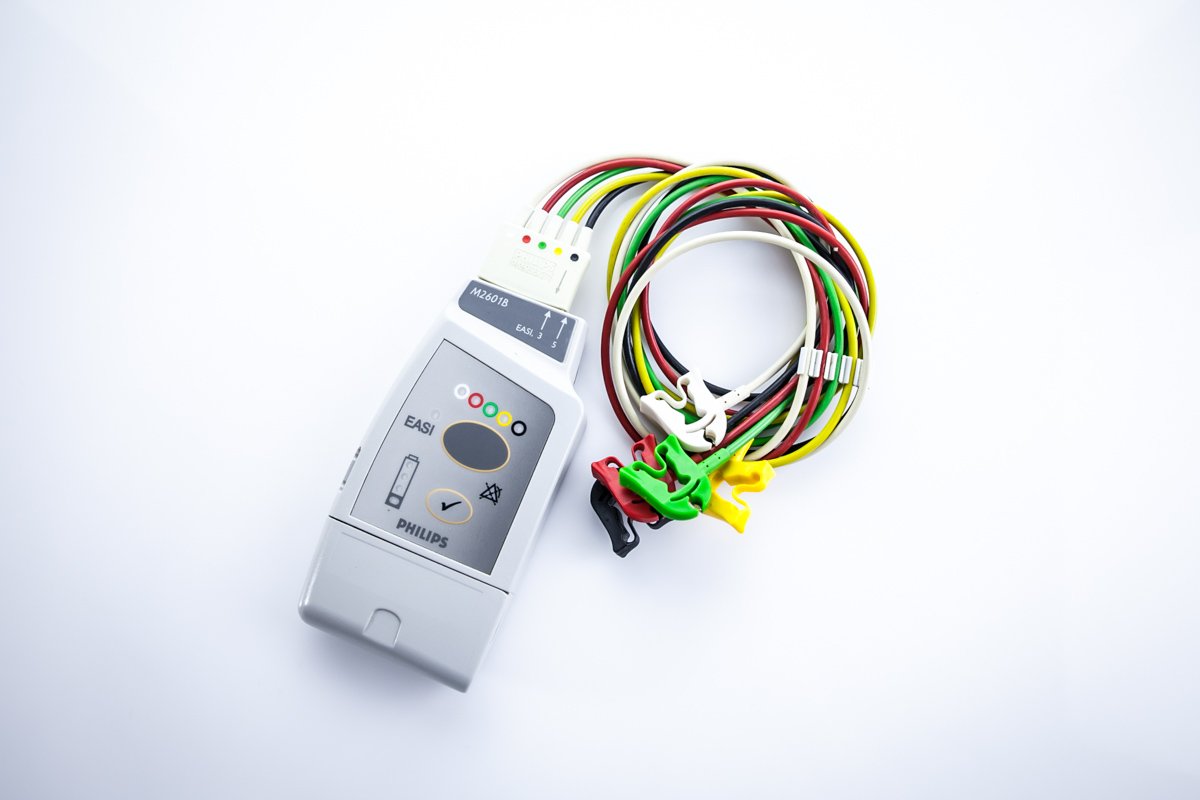Understanding the Concept of “Telemetryczny”
In the age of data-driven systems, the term “telemetryczny” stands out as a critical element in remote data communication. Rooted in the concept of telemetry, this Polish adjective refers to anything related to the automatic measurement and wireless transmission of data. Although the term is commonly used in Polish-speaking industries, its applications reach far beyond national borders. From healthcare to aerospace, telemetry plays a vital role in optimizing performance and ensuring safety.
What Does “Telemetryczny” Mean?
“Telemetryczny” is the adjective form of telemetria, the Polish word for telemetry. It relates to systems, tools, or components that collect and transmit data remotely. Typically, this technology is used in situations where manual data collection is either impossible or inefficient. As a result, telemetry becomes indispensable in monitoring, diagnostics, and control operations.
Applications Across Key Industries
1. Healthcare Monitoring Systems
In modern medicine, telemetryczny equipment is used to monitor patients in real-time. Devices like heart monitors and wearable sensors transmit vital signs directly to medical personnel. Consequently, doctors can intervene faster, reducing the risk of complications. Moreover, patients benefit from greater mobility, no longer needing to be physically tethered to large machines.
2. Automotive Systems
Modern vehicles use telemetryczny modules to send data about engine performance, fuel consumption, and GPS tracking. Fleet managers, for instance, rely on this information to optimize routes and ensure driver safety. In addition, predictive maintenance becomes easier as mechanical faults can be detected before failure occurs.
3. Aerospace and Satellite Technology
One of the oldest yet most advanced uses of telemetry is in aerospace. Satellites and spacecraft continuously send telemetry data back to Earth. Engineers use this information to monitor systems, correct trajectories, and troubleshoot errors. Without telemetryczny links, space missions would be nearly impossible to control or assess.
Benefits of Telemetryczny Systems
Implementing telemetryczny technology offers several distinct advantages. First, it improves efficiency by automating data collection. Second, it enhances safety by providing real-time feedback, allowing for swift corrective action. Third, it lowers operational costs by minimizing the need for on-site inspections.
Furthermore, these systems provide actionable insights. Businesses and institutions can make informed decisions using data visualizations derived from telemetry. Ultimately, this leads to better resource allocation and more strategic planning.
Challenges and Considerations
Despite its benefits, telemetryczny integration comes with challenges. For example, data security must be prioritized, especially in healthcare and defense sectors. Any breach can lead to severe consequences. Additionally, the reliance on wireless connectivity means systems must be protected against outages and interference.
Infrastructure compatibility also plays a role. Organizations need to ensure that their existing equipment can communicate effectively with telemetry devices. This may require significant upfront investment, which can be a barrier for smaller companies.
Future of Telemetryczny Technologies
As technology advances, telemetryczny solutions will become even more widespread. The rise of the Internet of Things (IoT) is accelerating demand for remote sensing and control. Soon, even household appliances will use telemetry to improve energy efficiency and user experience.
In the industrial sector, AI will enhance how telemetry data is interpreted. Instead of just collecting data, machines will begin to make autonomous decisions based on telemetry inputs. This evolution will transform industries and redefine productivity standards.
Conclusion
The term telemetryczny may originate from a specific linguistic background, but its relevance is undeniably global. Whether in healthcare, automotive, or aerospace, telemetry systems are shaping the future. As connectivity continues to evolve, so will the need for accurate, secure, and efficient data transmission. Therefore, understanding and implementing telemetryczny technologies is no longer optional—it’s
